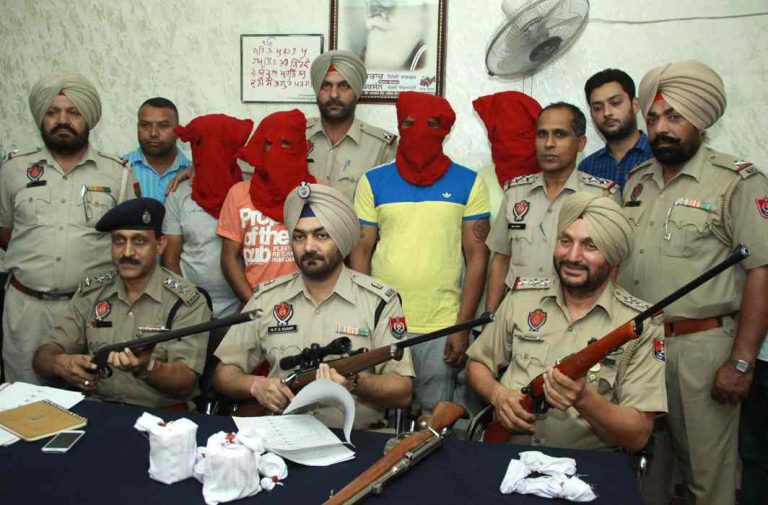
Above: Punjab and Haryana have been told to ask their police forces to not specify the castes of complainants or the accused/Photo: UNI
The Punjab and Haryana HC orders deletion of the caste clause in FIRs, saying it hampers probes and is likely to prejudice officials
~By Vipin Pubby in Chandigarh
It has taken more than 70 years since the country achieved freedom to cast away a cloak designed by the British rulers in 1934 to identify people by caste and create a divide in society. The Punjab and Haryana High Court has ordered the governments of the two states as well as the Union Territory of Chandigarh to ask the police forces to do away with the practice of naming castes of complainants or the accused, apart from those filed under the SC/ST Act.
The Punjab Police Rules were drawn up in 1934 and stipulated that the caste of the complainant as well as the accused must be mentioned in the First Information Reports (FIRs). The practice has been followed by the police despite the changes in outlook and circumstance.
The provision was challenged in a PIL by advocate HC Arora before the High Court which directed the police authorities in the two states to file an affidavit giving an undertaking that FIRs would not mention the caste of either the complainant or the accused. The petitioner asserted that the requirement to disclose the “caste” was in conflict with the letter and spirit of the provisions of the Constitution. He stated that the 1934 rules were framed before the Constitution came into force and should be scrapped.
He argued that other alternative forms of identification, like the Aadhaar card, house number or ward number of the accused, witness or victim should be used. The petitioner objected to the document, “Prison Statistics-2000”, published by the National Crime Records Bureau (NCRB) for classifying prisoners according to their caste and religion. The latest report showed that 68.9 percent of convicts in the country were Hindus while 17.7 percent were Muslims.
The rest belonged to other religions. It specified that 30 percent convicts were OBCs while 35 percent belonged to the General Category and 21.9 percent were from the Scheduled Tribes.
Arora further brought to the notice of the concerned bench that the Himachal Pradesh High Court, in its order dated September 16, 2016, had directed the state government to delete caste from various forms prescribed under the Police Rules.
After hearing the petitioner earlier in April 2017, the then division bench of the Punjab and Haryana High Court headed by Justice SS Saron had issued notices to the Punjab and Haryana governments as well as Chandigarh, which follows Punjab rules. However, affidavits were not filed for more than a year prompting Justice PB Bajanthri of the High Court, before whom the case was recently listed, to direct the home secretaries of Chandigarh, Haryana and Punjab to file affidavits. Asserting that the disclosure of caste was likely to hamper investigation and prejudice the officials handling the case, Justice Bajanthri asked them to specify in the affidavit whether there was any provision, except in the Scheduled Caste and Scheduled Tribe (Prevention of Atrocities) Act, 1989, to disclose the caste of the complainant or the accused. He said: “If there is no provision, why necessary official memorandum or circular be (not) issued to the Police Department asking the jurisdiction police not to highlight the caste of the complainant or the accused while lodging the complaint/FIR etc.”
Earlier this month, both the states and the Chandigarh administration informed the High Court that they were averse to the Punjab Police Rules framed in 1934, whereby an accused, complainant, et al is required to record their caste.

